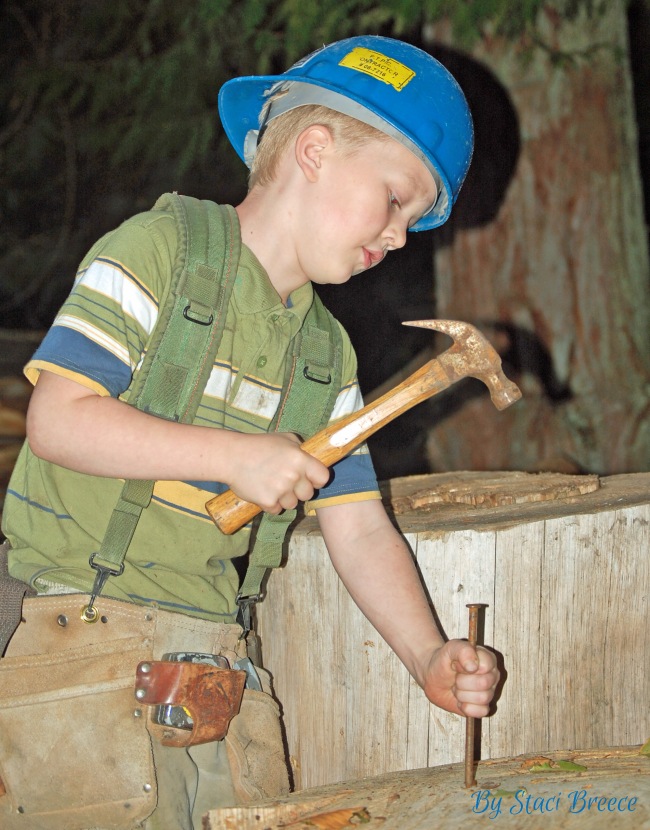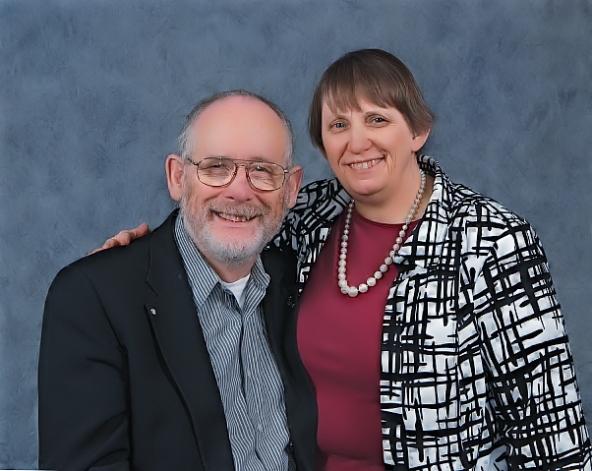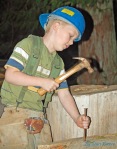Medina’s final brain rule begins with an antidote of his two-year old son who used their pointing game to divert his dad’s attention while he explored “danger” resulting in a bee sting. Even at two, this boy thought through the process of finding a way to explore.
We have learned much about the human mind in recent years. While decades ago, the idea of an infant brain being anything but a “tabula rasa” or “blank slate” was laughable. Now we know that infants come, in Medina’s words, “preloaded with lots of information-processing software.” (p. 264) In Scriptural terms, “We are fearfully and wonderfully made.” (Psalm 139)
Medina puts the drive to explore and learn along with our other drives: hunger, thirst and sex. “Babies seem preoccupied by the physical properties of objects. Babies younger than a year old will systematically analyze an object with every sensory weapon at their disposal. … In our household, this usually meant breaking stuff.” P. 265
“Hypothesis testing … is the way all babies gather information. They use a series of increasingly self-corrected ideas to figure out how the world works. They actively test their environment, much as a scientist would: Make a sensory observation, for a hypothesis about what is going on, design an experiment capable of testing the hypothesis, and then draw conclusions from the findings.” P. 265
Andy Meltzoff, in 1979, and John Medina, shortly after the birth of his son, found out that, infants (42 minutes old and 30 minutes old respectively) imitate their world. Both found that newborns, not having seen a tongue before, imitated when the adult stuck his tongue out at the baby. Further, object permanence – knowing that an object remains even if hidden – develops at about 18 months of age. One such child spent 30 minutes covering and uncovering a cup, laughing loudly.
Between the ages of 14 and 18 months, babies believe everything is theirs and will fight for it. At some point it appears that this begins to change. In addition to testing “object permanence” and “imitation” young children test their parents and other adults. Often, they try temper tantrums to see what they can get from them. How parents respond determines, to a great extent, how long this lasts.
This drive to learn does not stop in childhood. While it was only recently that mainstream science recognized the concept of “neuroplasticity” it is now widely accepted. In the areas of the brain where learning takes place, new neurons develop and are as malleable as those in a newborn. Medina tells of two Nobel Prize winners at the University of Washington in their mid-seventies who were still actively exploring.
Dr. Medina’s mother provided an environment that encouraged his exploration. When he expressed an interest in dinosaurs, the house became a museum of dinosaurs. When that interest was replaced by planets and space so did the museum exhibit. “As children get older they find that learning not only brings them joy, but it also brings them mastery. Expertise in specific subjects breeds the confidence to take intellectual risks. If these kids don’t end up in the emergency room, they may end up with a Nobel Prize.” P. 273
Often this cycle is broken. “Fascination can become secondary to ‘What do I need to get the grade?’ But I also believe the curiosity instinct is so powerful that some people overcome society’s message to go to sleep intellectually, and they flourish anyway.” P. 273 “And I think we must do a better job of encouraging lifelong curiosity, in our workplaces and especially in our schools.” P. 274
John Medina believes that a great medical-school model has three components – teaching hospital, a faculty who work in the field and teach and research laboratories. For these reasons such a program is successful and can be a model for other training programs:
1) Consistent exposure to the real world
2) Consistent exposure to people who operate in the real world,
3) Consistent exposure to practical research programs. P. 275-276
Our author envisions a college of education along these same lines where the teachers actually are teaching the young students in the real world while training the future teachers. Semester classes would concentrate on the brain of the different aged children who the future teachers would teach. Business school students would actually run a small business.
Medina’s summary of Rule #12: We are powerful and natural explorers.
- Babies are the model of how we learn – not by passive reaction to the environment but by active testing through observation, hypothesis, experiment, and conclusion.
- Specific parts of the brain allow this scientific approach. The right prefrontal cortex looks for errors in our hypothesis (‘The sabor-toothed tiger is not harmless’), and an adjoining region tells us to change behavior (‘Run!’).
- We can recognize and imitate behavior because of ‘mirror neurons’ scattered across the brain.
- Some parts of our adult brains stay as malleable as a baby’s so we can create neurons and learn new things throughout our lives. P. 280 More information available at: www.brainrules.net
This brings to a close another book on Brain Research. If you have missed any of these, look for them on our blog: www.unlockinglearningpotential.com and our website: www.centerforneurodevelopment.com

 off and spend some time with personal reflections. Ronnie and I are beginning a new stage in our life this summer. Let me give you some background:
off and spend some time with personal reflections. Ronnie and I are beginning a new stage in our life this summer. Let me give you some background:

